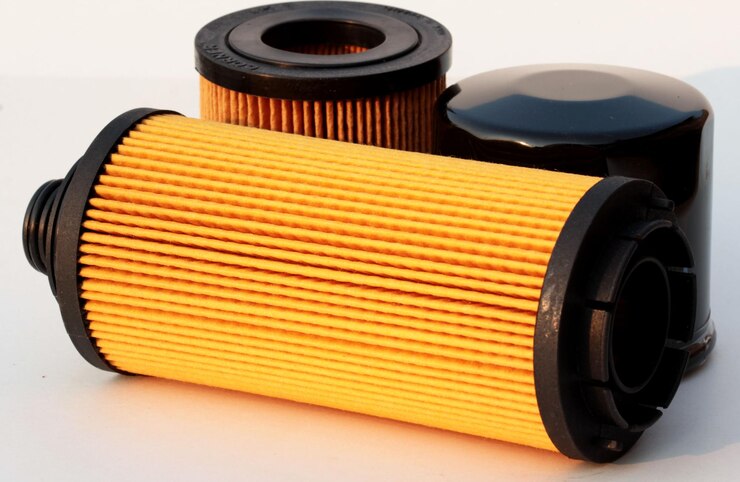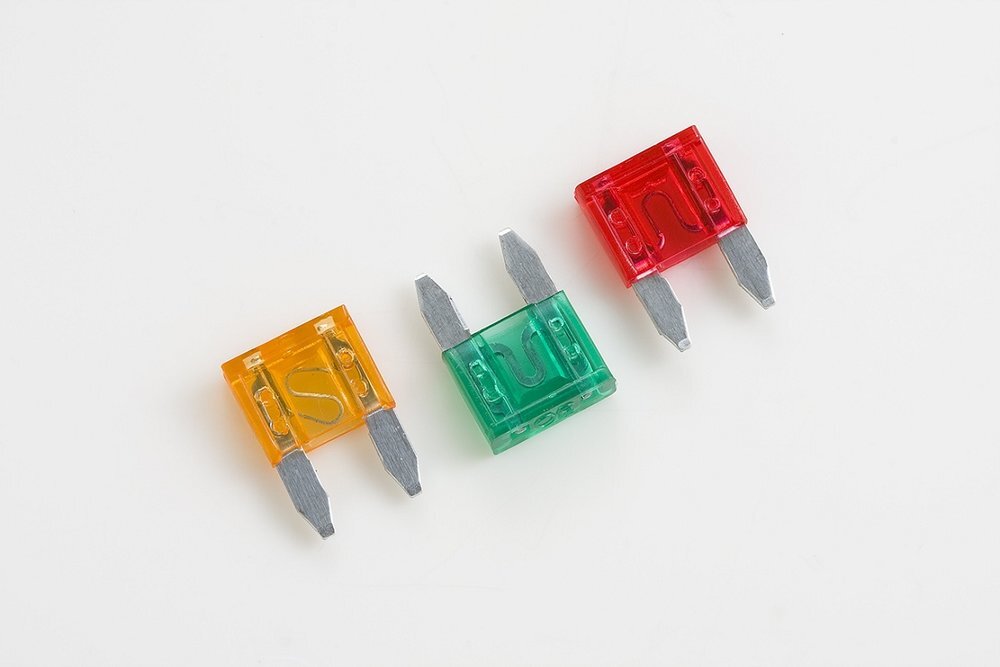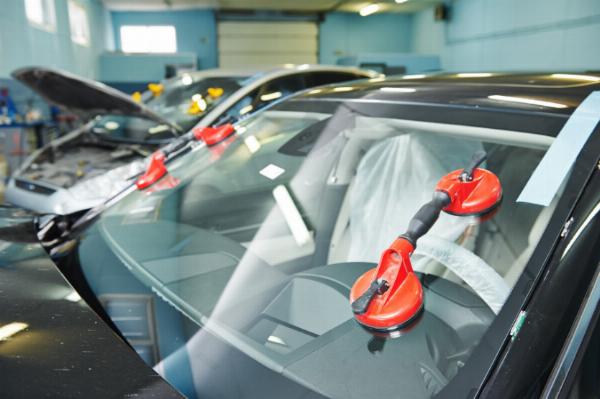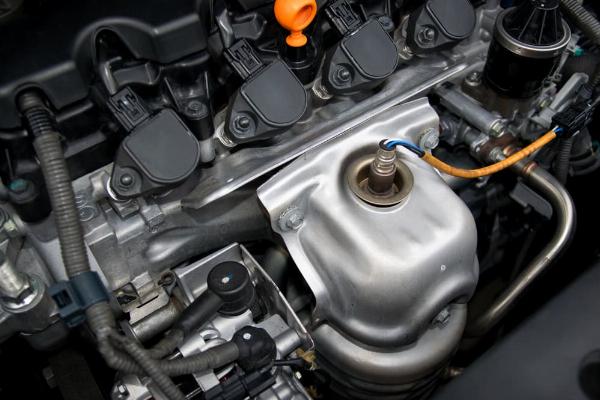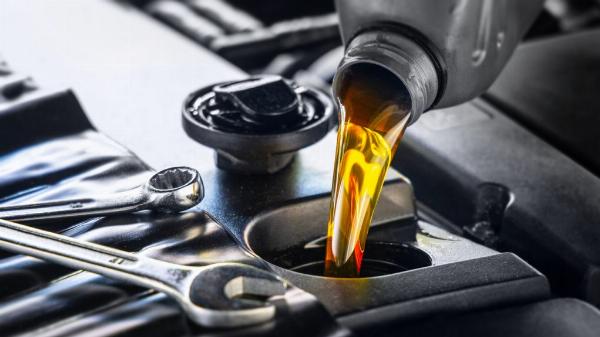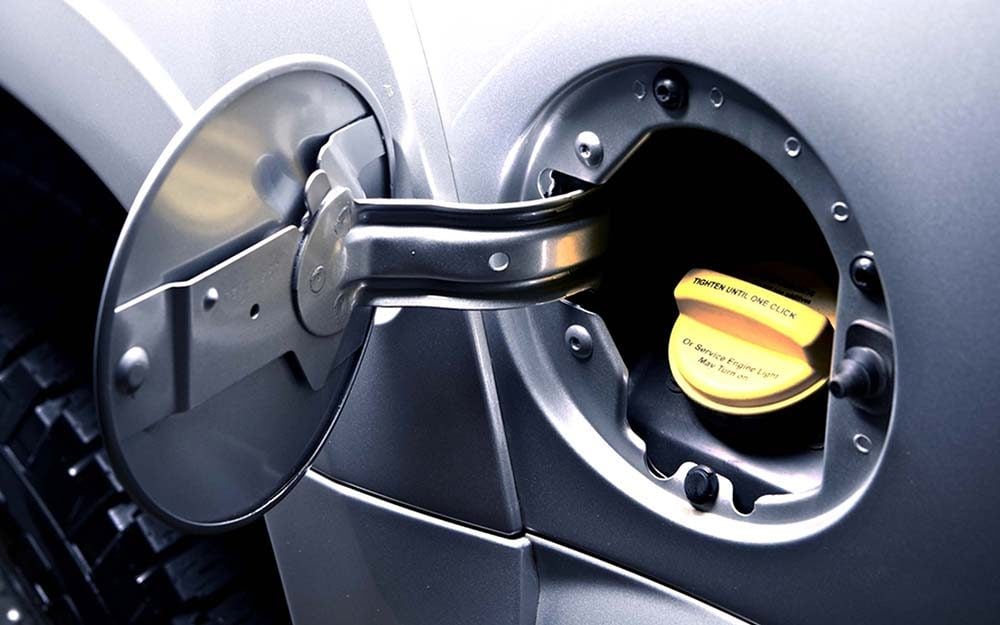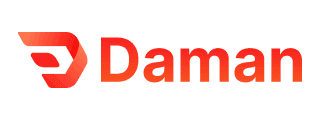 Conversion-Focused Landing Pages – More Leads, Less Bounce!
Conversion-Focused Landing Pages – More Leads, Less Bounce!
Trends and Opportunities in the Asia Pacific Automotive Upholstery Market
Written by Yogita Sahu » Updated on: June 17th, 2025

The Asia Pacific automotive upholstery market is witnessing significant growth, driven by rising vehicle production, increasing consumer preference for premium interiors, and advancements in sustainable materials. With automakers focusing on personalization, comfort, and eco-friendly solutions, upholstery manufacturers are adapting to new trends and technologies.
From luxury synthetic leather to smart fabric integration, the automotive upholstery industry in Asia Pacific is evolving rapidly, creating new opportunities for market players.
For deeper insights, check out the Asia Pacific Automotive Upholstery Market Report.
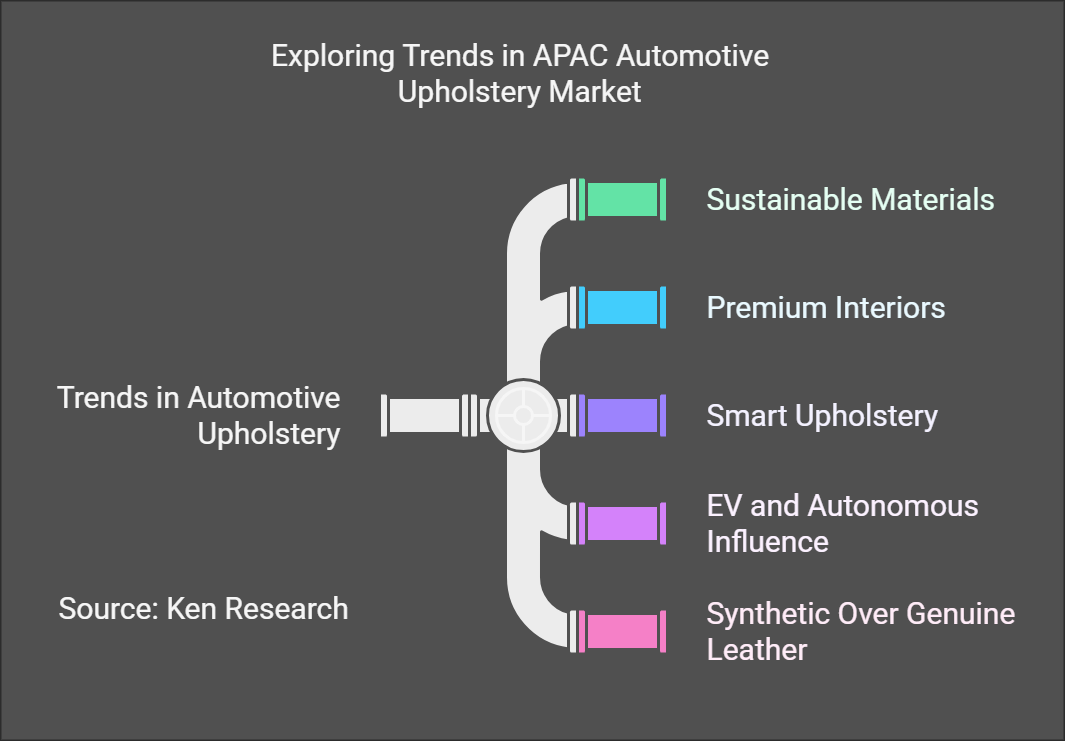
Key Trends Shaping the Asia Pacific Automotive Upholstery Market
1. Shift Toward Sustainable and Eco-Friendly Materials
Growing environmental concerns and regulatory mandates are pushing automakers to adopt recyclable and plant-based upholstery materials.
The use of vegan leather (PU-based and bio-based alternatives) is expanding in premium and electric vehicles.
Automakers like Toyota and Hyundai are experimenting with biodegradable and carbon-neutral seat fabrics to align with sustainability goals.
2. Demand for Premium and Customizable Interiors
The rise of luxury and electric vehicles (EVs) is increasing demand for high-end upholstery materials such as Nappa leather, Alcantara, and suede-like fabrics.
Personalized stitching, quilted designs, and contrast piping are becoming popular among high-end vehicle buyers.
Automakers are offering mass customization options, where customers can choose interior colors, materials, and stitching patterns.
3. Integration of Smart and Temperature-Adaptive Upholstery
AI-driven seat adjustment and heating/cooling technologies are gaining traction in high-end and electric vehicles.
Self-cleaning and anti-bacterial fabrics are being introduced to enhance hygiene and ease of maintenance.
Some luxury car brands are testing color-changing fabrics using nanotechnology, providing a futuristic edge to automotive interiors.
4. Growing Influence of EV and Autonomous Vehicles on Upholstery Design
With autonomous driving features becoming more common, upholstery is being designed to offer lounge-like comfort and multi-functional configurations.
EV manufacturers are focusing on lightweight materials that improve energy efficiency without compromising luxury.
Flexible seating arrangements with reclining options and advanced lumbar support are becoming standard in self-driving vehicle concepts.
5. Rising Adoption of Synthetics Over Genuine Leather
Cost efficiency and easier maintenance are pushing manufacturers to shift from genuine leather to synthetic alternatives.
PU (polyurethane) and microfiber-based leather are becoming popular choices due to their durability, stain resistance, and lightweight properties.
Some manufacturers are introducing breathable synthetic leather to reduce heat buildup in tropical climates like India, Thailand, and Malaysia.
Opportunities in the Asia Pacific Automotive Upholstery Market
1. Expansion of Upholstery Manufacturing in Emerging Markets
Countries like India, Vietnam, and Indonesia are becoming key hubs for automotive upholstery production due to their low labor costs and expanding automotive sectors.
Local suppliers and OEM partnerships are increasing to cater to the rising demand for economy and premium segment vehicles.
2. Rising Investments in Smart Upholstery and Advanced Fabric Technologies
The demand for temperature-regulating, anti-static, and stain-resistant upholstery is leading to investments in nanotechnology-based coatings.
Automakers are incorporating AI-driven seat comfort adjustments to enhance passenger experiences.
3. Increasing Aftermarket Sales for Automotive Upholstery
The aftermarket upholstery segment is growing due to rising customization trends, ride-sharing fleet upgrades, and vehicle refurbishment activities.
Premium upholstery upgrades for used cars are becoming a profitable business, with consumers looking to enhance their car interiors.
4. OEM Collaborations for Sustainability Initiatives
Companies are forming partnerships with automakers, textile manufacturers, and research institutes to develop next-gen upholstery solutions with low carbon footprints.
Tesla and Nissan have already introduced sustainable fabric seats, and this trend is expected to expand across more brands.
For a deeper look at automotive repair and maintenance service trends, explore the KSA Automotive Repair and Maintenance Services Market Report.
The Future of Automotive Upholstery in Asia Pacific
By 2028, the Asia Pacific automotive upholstery market is expected to see:
✅ Increased adoption of AI-powered upholstery materials for comfort, durability, and smart connectivity.
✅ A shift toward fully sustainable automotive interiors, with more brands eliminating real leather.
✅ Rapid growth in temperature-adaptive seating technologies, improving driving comfort in varying climates.
✅ Stronger investments in nanotechnology-based and anti-microbial upholstery materials, enhancing hygiene and durability.
For additional insights into the evolving automotive electronics market in the U.S., check out this detailed industry analysis.
Final Thoughts: Where’s the Market Heading?
With automakers focusing on sustainability, luxury, and smart interior solutions, the automotive upholstery industry in Asia Pacific is evolving at a fast pace. Companies investing in high-performance synthetic materials, digital customization, and temperature-adaptive technologies will lead the market.
As the demand for personalized and tech-integrated car interiors rises, upholstery manufacturers who embrace sustainability and innovation will shape the future of vehicle interiors in Asia Pacific.
Note: IndiBlogHub features both user-submitted and editorial content. We do not verify third-party contributions. Read our Disclaimer and Privacy Policyfor details.
Copyright © 2019-2025 IndiBlogHub.com. All rights reserved. Hosted on DigitalOcean for fast, reliable performance.


